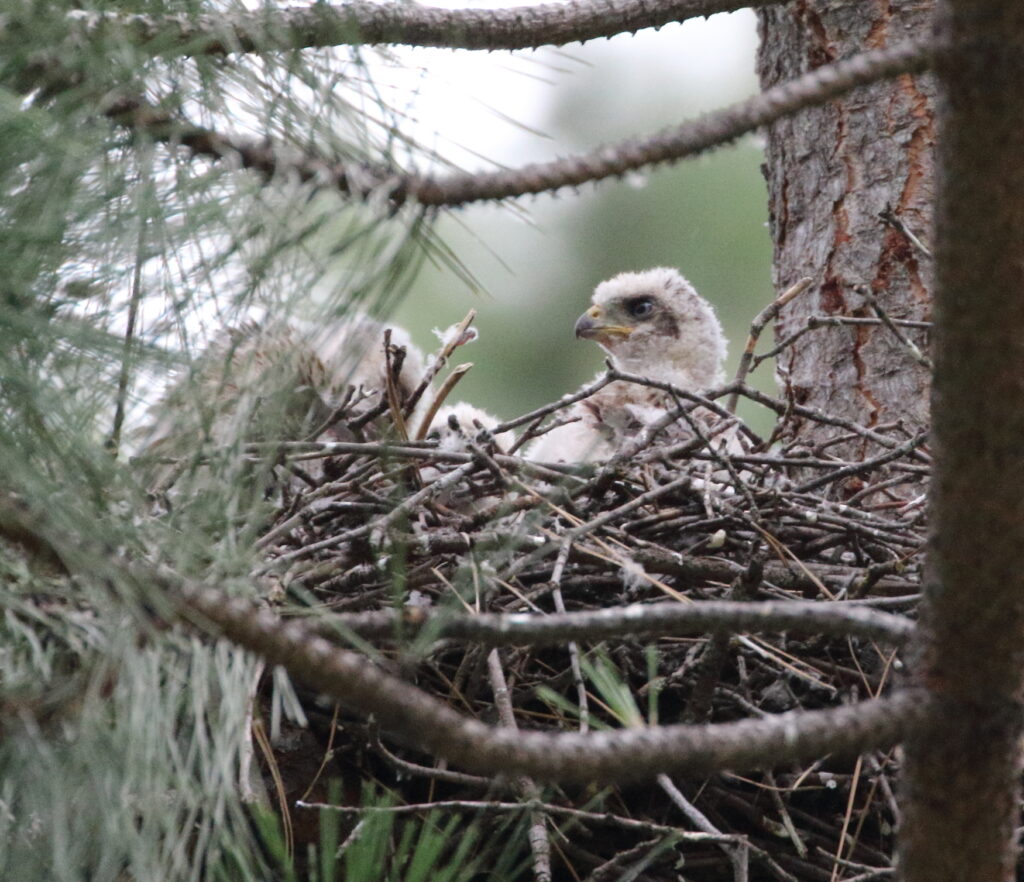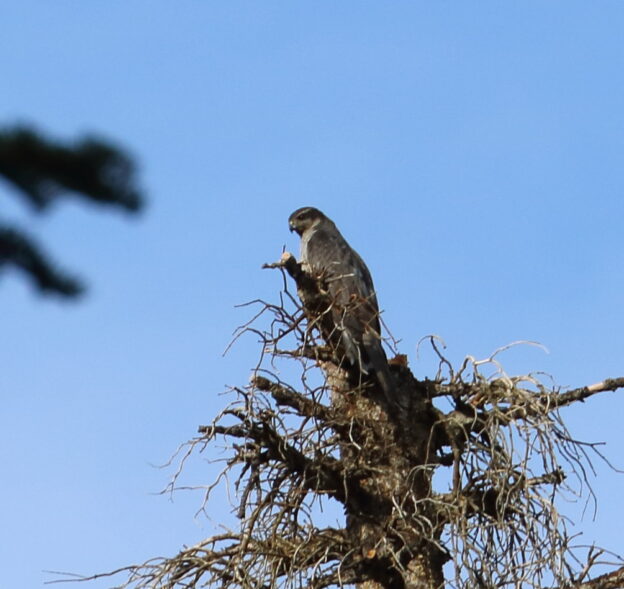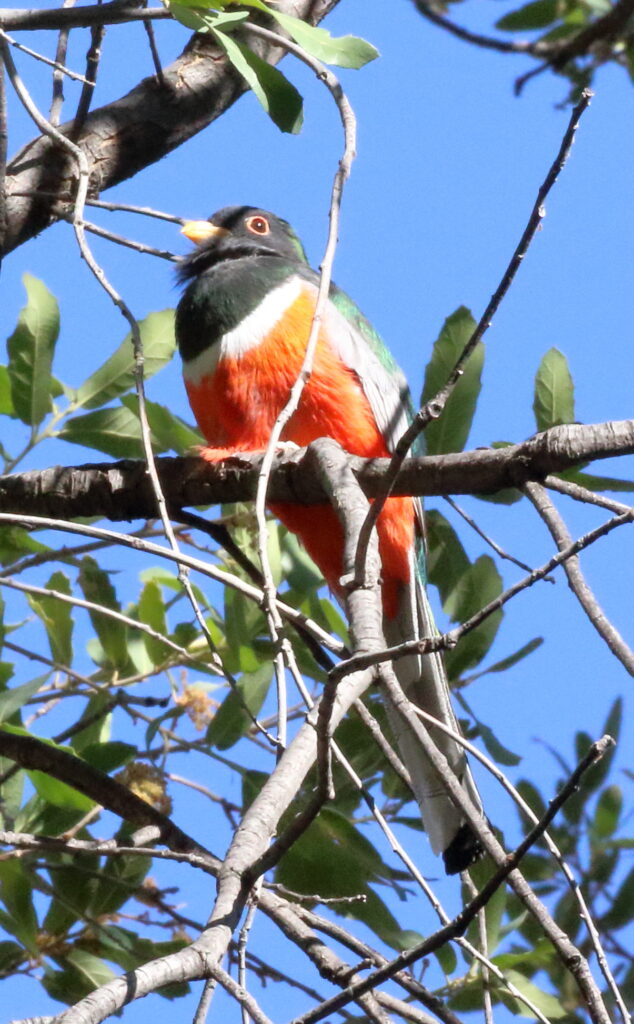Today, we take a break from Braden’s High Sierra adventures to explore how we all bird through the summer doldrums. Here I share a surprising discovery right in my own neighborhood. If you subscribe to FSB, please share your own similar story, and if you don’t subscribe—what are you waiting for? We only sell your information to people who will give us a LOT of money (just kidding; we do not share any of this information). So please fill out the box down to the right—and make sure you receive every “episode”.
How are you spending the summer birding doldrums? When we first started, Braden and I pretty much stopped birding during July and August—until we learned that there are still many birds to be had during the Dog Days! Even though it’s still summer, some shorebirds are already making their way south from their Arctic breeding grounds and can show up almost anywhere. Last summer, Braden and Nick Ramsey joined a bunch of other stellar birders for an epic day at Glacier National Park—and, of course, this summer Braden is birding the heck out of California. As for me, I am simply enjoying the ordinary birds around Missoula, trying to sharpen my skills so I can distinguish the call of a Lazuli Bunting from that of a Yellow Warbler! Experienced birders know, however, that even “ordinary birding” can produce extraordinary results.

A couple of weeks ago, I decided to take our dog Lola on an early walk around Greenough Park to beat the heat. For those of you familiar with Greenough, Lola and I parked in the lot midway up the east side of the park, and crossed the two pedestrian bridges so that we could begin walking clockwise around the park—and better spot any caffeine-crazed bicyclists barreling down on us. Sure enough, after only a hundred yards on the main path, a large, crazed shape came right at us. But it wasn’t a bicycle. It was a bird—and it zoomed a mere ten feet above my head! On instinct, I spun around and chased after it, hoping for a solid ID before it disappeared. To my surprise, the bird swooped up into a tree only fifty meters away.

By this time, I had 99% concluded that this was a Cooper’s Hawk—a kind of accipiter especially adapted for catching birds and flying through trees. According to Birds of the World, 47 species of accipiters live on the planet, but here in the U.S. we have only three: the smaller Sharp-shinned Hawk or “Sharpie”; the larger Cooper’s Hawk or “Coop”; and the Northern Goshawk, our largest accipiter and the bird Braden is chasing around the Sierras this summer. Braden and I don’t often get good looks at Coops so I hoped that this one would stay in the tree long enough for me to observe it. It did—and the reason startled me. In a pine next to the busy path, the Cooper’s Hawk couple had built a nest! Even better, the nest had babies!

I, of course, hadn’t brought my camera with me, but in a way that was better because it allowed me to observe the action without worrying about getting a good photo. Speaking of action, I forgot to mention that when the adult flew by me it had been carrying prey—something large and furry, maybe a rabbit. As I watched, the adult started butchering this critter and feeding it to the ravenous chicks. And speaking of chicks, I was amazed to see four of them—and all quite large. Later, I learned that this is not unusual, and a pair will sometimes raise even more, a testament to the hard-working parents. In fact, even though first-year mortality runs fairly high, Cooper’s Hawks seem to have an excellent survival rate as adults and have been known to breed up through twelve years of age.

Since discovering the nest, I’ve returned two more times, and each time the babies had made marked progress. My last visit, I watched them hopping in and out of the nest, testing their wings for a departure that couldn’t have been more than a couple of weeks away. They also were quickly filling out their juvenile coloration, transforming from white fuzz balls to serious-looking predators before my eyes. At least one parent, though, was never far away.

It all just goes to show that even when we think birding is dead, there’s a lot going on. We just have to keep getting out there and paying attention. Who knows? You may have a Cooper’s nest in your backyard right now! Coops are famously adaptable and found in every region of the Lower 48, often in urban environments and often all year-round. In fact, their numbers have increased dramatically in the past half-century—a nice success story in a time when so many birds are in trouble.




















